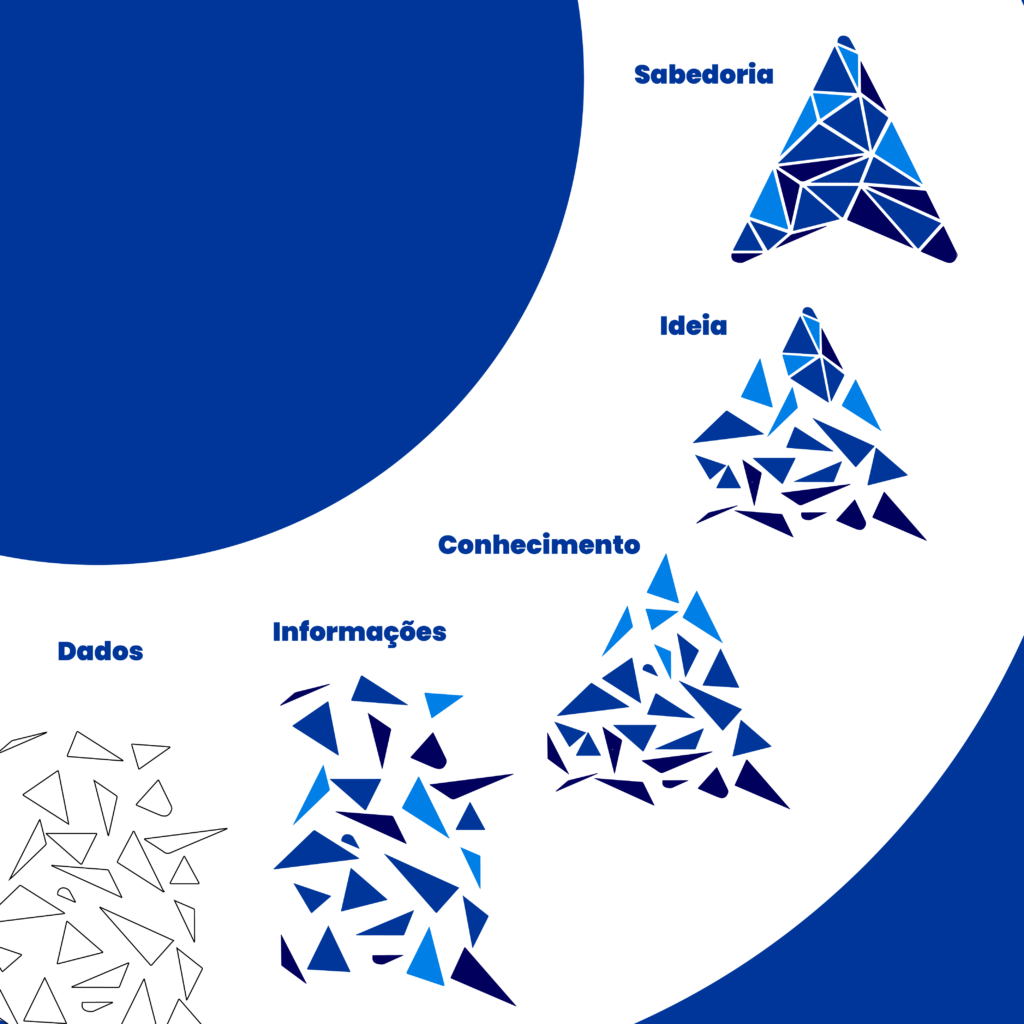First of all, we can define the data as records of facts, concepts and actions that appear somewhere, whether physical or digital.
Thus, when these isolated data are placed in a context and processed by suitable systems, they can be connected and produce information Useful for an individual or organization.
For example, thinking in a practical way, personalization in marketing campaigns illustrates this logic very well:
E-commerce companies collect user behavior data on their websites, such as pages visited, time spent on each page, and items added to the shopping cart. Isolated data may not seem useful at first. However, by analyzing the full context and identifying behavioral patterns, the company can segment its customers into groups and create personalized marketing campaigns for each segment, improving conversion into sales and satisfaction.
In this way, the data can be classified into two categories:
Structured
They are organized and easily understood by computational systems. They follow a standardized format, like tables and columns, and can be easily inserted into relational databases. For example: spreadsheets, customer records and financial transactions.
Therefore, companies are responsible for the protection and privacy of this data, complying with data protection regulations such as the GDPR in the European Union and the LGPD in Brazil.
unstructured
It is disorganized and difficult to process information that does not fit into traditional database formats. They are generated in various ways, such as emails, videos, audios, posts on social networks and text documents.
However, while collecting and structuring them is challenging, there are many ways to harness their immense value. Among them: Web scraping, APIs, log files and “cookies”.
At the same time, the privacy of this data is a growing concern. Mainly because of the amount of personal information shared online and the little popular knowledge about its true impacts.
Big data, since when?
The amount of data generated daily has grown exponentially in recent years.
According to the report “Data Age 2025” from IDC, sponsored by Seagate: in 2015, each person generated about 1.3GB of data per day.
And that number is projected to grow rapidly. It was predicted that by 2025 each person would be generating 5.3 GB of data per day, including social media interactions, web searches, app usage, communications and other digital activities.
In short, absolutely everything a person does online, from liking photos to paying bills, becomes a “digital footprint” that can be measured by someone.
In the same way, companies can generate terabytes of data per day, including customer information, transactions, user behavior analytics and performance metrics.
Every day, the world generates about 2.5 quintillion data. AND 90% of the data available today were generated in the last 3 years, according to IBM.
On the other hand, according to IDC (International Data Corporation), the amount of data generated in the world is expected to reach 175 zettabytes by 2025, a significant increase compared to the 33 zettabytes generated in 2018.
This exponential growth of “footprints” is one of the main factors that contributed to the emergence of the Big data. That is: datasets so large and complex that traditional processing methods are inadequate to handle them.
Therefore, this scenario brought with it new challenges and opportunities, leading to the need to develop innovative technologies and approaches. We are still figuring out how to collect, store, process and analyze data at scale.
Predictions for the future show continued growth and innovation, where emerging technologies such as Artificial intelligence and the Machine Learning enable new forms of application for them.
Data is not information, but it can become

According to Clive Humby, Data is the new oil.
Now, if we interpret this statement literally, we can conclude that: Data only becomes really valuable after a series of processes.
Isolated units do not have much value. However, when associated with other units and placed in a context, they can generate valuable insights and drive the growth of companies and organizations.
The ability to extract relevant and useful information from large volumes of data is what makes them an extremely valuable resource in today's era.
Linkages unlocks the stories behind the data

Data has become increasingly important to companies across all industries as it enables them to make informed decisions and develop effective strategies.
We are currently living in the age of data and that is a fact. According to statistical mathematician W. Edwards Deming: "Without data, you're more of a person with an opinion."
In other words: there is no more room for “guesses” in an era that allows us to be really assertive.
When we analyze this context from the humanized perspective of Linkages, we can see the data as stories to be deciphered.
After all, behind every piece of information, there is a narrative related to behaviors, preferences and experiences.
Our tested and validated methodologies transform isolated data into an invaluable source of knowledge, generating insights measurable and actionable for our customers.
Our custom reports translate an intricate web of information into relevant, straight-to-the-point topics, curated by our information designers for quick and simple assimilation.
Want tailored information for your business?




